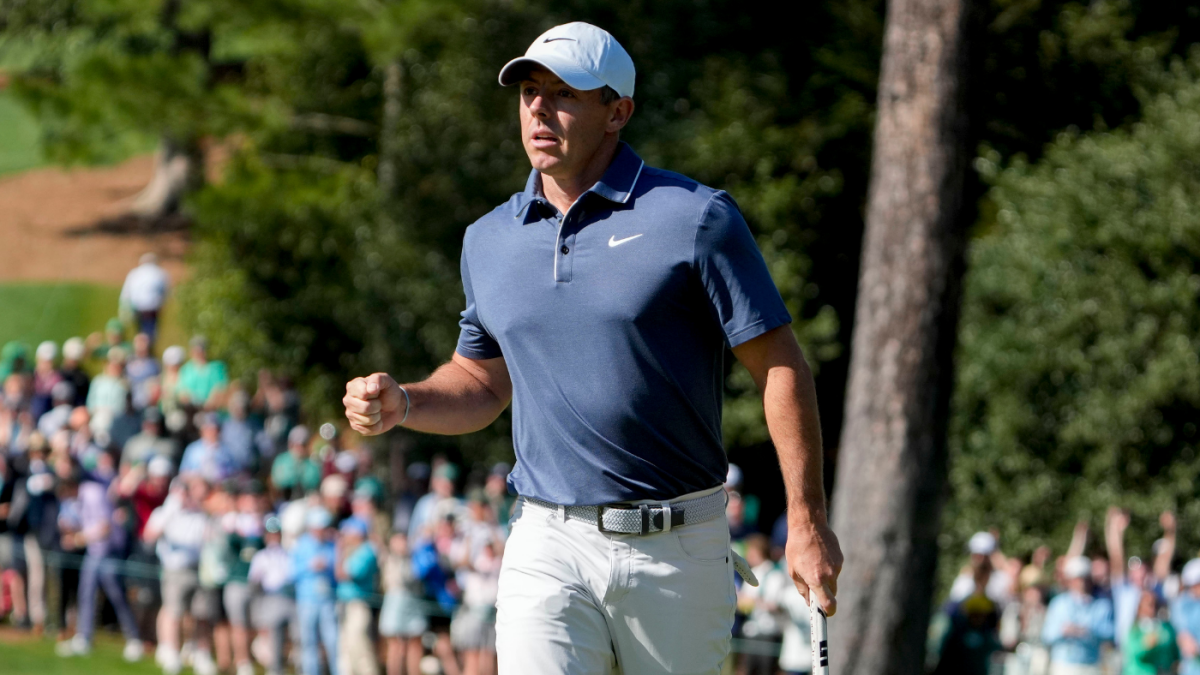Preparing for the 2025 U.S. Open: An In-Depth Look at the Contenders, Odds, and Challenges
The 2025 U.S. Open at Oakmont Country Club has captured the imagination of golf enthusiasts worldwide. Starting June 12 in Oakmont, Pennsylvania, this tournament stands as one of the most anticipated events of the year. Its fiercely competitive field, shaped by some of the world’s top golfers, promises a captivating blend of skill, strategy, and unpredictability. Diving into the betting odds, expert analysis, and course characteristics reveals the dynamics that will define this major championship.
Front-Runners and Their Strongholds
Scottie Scheffler currently dominates the spotlight as the favorite. Holding the world No.1 ranking and boasting an impressive 2025 season that includes three victories — notably the PGA Championship — his odds hover between +275 and +320. These odds translate to about a 26–29% chance of winning, reflecting broad confidence from bettors and analysts alike. Scheffler’s consistency, especially his calm under pressure, is expected to serve him well on Oakmont’s demanding layout.
Rory McIlroy follows closely behind, with betting odds fluctuating from +550 to +850. His mastery was reaffirmed with a career Grand Slam completed at the 2025 Masters, enhancing his credentials. McIlroy embodies a potent mix of experience, technical skill, and resilience — qualities that traditionally bode well for major tournaments. His length and accuracy, particularly in managing complex greens, make him a credible threat to Scheffler’s reign.
Additional contenders gaining attention include Bryson DeChambeau, the reigning U.S. Open champion with two titles in the last five years, as well as Jon Rahm and Xander Schauffele. DeChambeau’s aggressive, power-driven approach contrasts with the more measured styles of Rahm and Schauffele, both known for their consistency under major championship pressure.
Predictive Models: Insights Beyond the Surface
Advanced simulation models, employing thousands of iterations to factor in variables such as recent form, course compatibility, and historical performance patterns, generally confirm the prominence of Scheffler and McIlroy. The statistical weight placed on their recent achievements and style of play aligns well with Oakmont’s challenges.
Yet, an intriguing divergence appears with Jon Rahm. Despite his profile as a two-time major winner and strong 2025 form, several predictive models suggest he might struggle to break into the top 10. This unexpected forecast invites closer scrutiny of Rahm’s adaptability to Oakmont’s particular demands, hinting that even proven champions can encounter hurdles on this stage.
The overarching takeaway from these models is the notable gap between the two favorites and the rest of the field, emphasizing the difficulty for longshots to upset the hierarchy. Bettors face a complex calculus: weighing high-probability favorites versus tempting but risky longshot wagers.
Betting Market Dynamics: Stability with Nuance
Reviewed odds from major sportsbooks like Caesars, BetMGM, DraftKings, and FanDuel converge on similar valuations for top players. Minor fluctuations—such as Scheffler’s odds ranging from +275 to +320—reflect ongoing betting flows but maintain a general consensus favoring the top contenders.
Scheffler’s relatively short odds resemble those historically held by legends like Tiger Woods at their peaks, suggesting a status sparked by remarkable recent performances and course suitability. Meanwhile, the market also shows keen interest in DeChambeau’s title defense, adding an extra layer of narrative excitement.
Given Oakmont’s reputation for demanding precision and resilience, betting markets implicitly factor in the added complexity from weather changes and course conditions, elements that can reshape outcomes unpredictably.
Oakmont’s Rigorous Testing Grounds
Oakmont Country Club is no ordinary venue. Known for lightning-fast greens, thick, punishing rough, and strategically positioned bunkers, it’s a stage where precision iron play and unyielding mental fortitude are paramount. Players like Scheffler, with their reliable iron control and composure, appear well suited to meet these demands.
McIlroy’s power and deft touch on the green give him competitive advantages, though the U.S. Open’s notoriously harsh conditions often unmask even the smallest vulnerability. The tournament’s history favors patience and measured aggression over reckless shot-making, setting a subtle but urgent tone for contenders’ strategies.
Conclusion: A Tournament of Dominance and Possibility
The 2025 U.S. Open is shaping up as a duel at the top, with Scottie Scheffler and Rory McIlroy standing as the benchmark contenders. Sophisticated modeling and betting markets collectively champion Scheffler’s current campaign and mental resolve, yet the inherent challenges of Oakmont and the volatile nature of golf leave room for compelling surprises.
Besides the favorites, players like Bryson DeChambeau and Jon Rahm bring their own narratives and potential to disrupt the status quo. Oakmont’s severe testing ground is poised to expose every player’s strengths and weaknesses, turning strategy and mental endurance into decisive factors.
For fans, bettors, and analysts plotting their outlooks, the 2025 U.S. Open offers a thrilling tableau—where elite talent clashes under pressure, and where the unpredictable heartbeat of golf guarantees a memorable, hard-fought spectacle.

